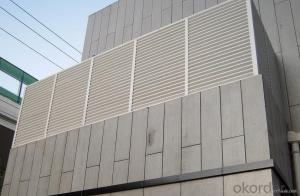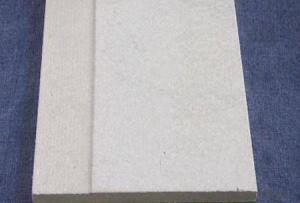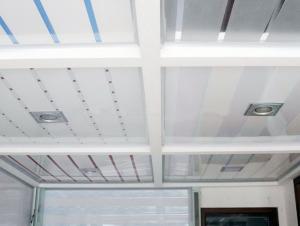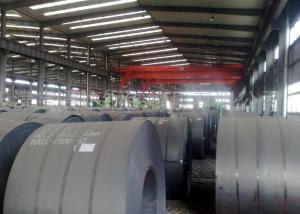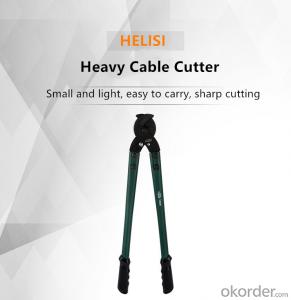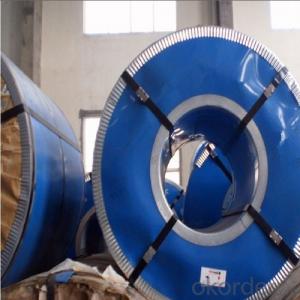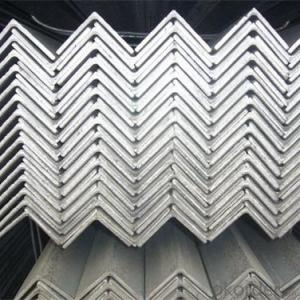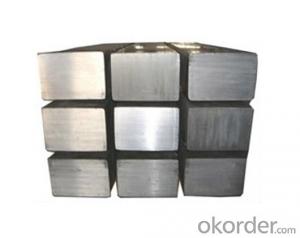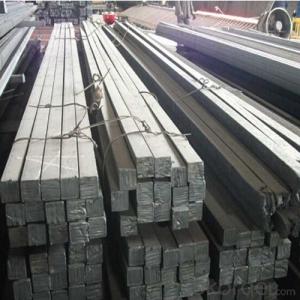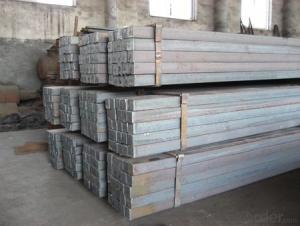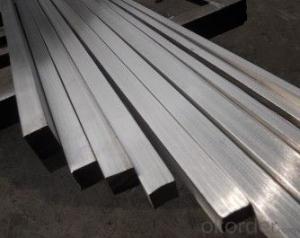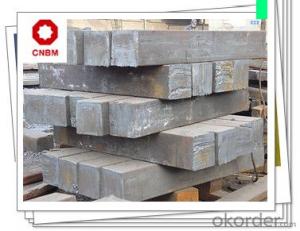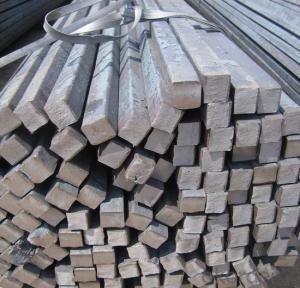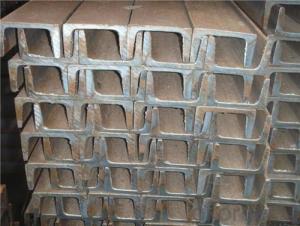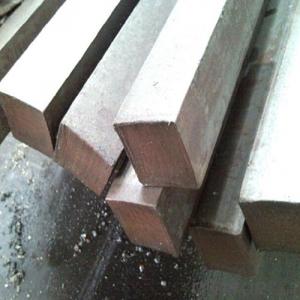Hot Rolled Steel Futures
Hot Rolled Steel Futures Related Searches
Best Paint For Stainless Steel Blanket Insulation For Steel Buildings Primer For Galvanized Steel Foam Filter For Stainless Steel H S Code For Stainless Steel Surface Grinding Wheels For Stainless Steel Surface Grinding Wheels For Hardened Steel Hole Saw For Stainless Steel Paint For Stainless Steel Stainless Steel For BbqHot Searches
Steel Mesh Panels For Sale Stainless Steel Tank For Sale Stainless Steel Sheets For Sale Cheap High Tea Sets For Sale Stainless Steel Tanks For Sale Stainless Steel For Sale High Density Fiberboard For Sale Solar Hot Water Collectors For Sale Scaffolding For Sale In Uae Scaffolding For Sale In Ireland Scaffolding For Sale In Houston Price Of Shipping Containers For Sale Used Solar Inverter For Sale Portable Led Signs For Sale Stone Hot Water Bottles For Sale Aluminum Coil Stock For Sale Large Led Screens For Sale Aluminum Gutter Coil For Sale Used Aluminum Scaffolding For Sale 1/4 Aluminum Plate For SaleHot Rolled Steel Futures Supplier & Manufacturer from China
Okorder.com is a professional Hot Rolled Steel Futures supplier & manufacturer, offers integrated one-stop services including real-time quoting and online cargo tracking. We are funded by CNBM Group, a Fortune 500 enterprise and the largest Hot Rolled Steel Futures firm in China.Hot Products
FAQ
- To use a steel square to find the center of a round object, you can follow these steps: 1. Place the round object on a flat surface, ensuring it is stable and doesn't wobble. 2. Take the steel square and position one of its edges against the side of the round object. 3. Make sure the steel square is perpendicular to the surface on which the round object is placed. 4. Hold the steel square firmly against the round object, ensuring it doesn't move or slide. 5. Look at the point where the other edge of the steel square intersects with the round object. This point is the approximate center of the round object. 6. To get a more accurate center, repeat the process from different angles, ensuring the steel square remains perpendicular to the surface each time. 7. Where the different lines intersect or meet each other is the precise center of the round object. By using a steel square in this manner, you can find the center of a round object with relative accuracy, which can be useful for various purposes such as marking, cutting, or drilling.
- It is possible to use a steel square to check the squareness of a scroll saw table. The steel square, a measuring tool with a 90-degree angle, can be utilized to ascertain whether the edges of the scroll saw table are perfectly perpendicular to one another. By positioning the steel square against the table's edges, one can visually examine if they align precisely at a right angle. In the event that the edges are not square, adjustments can be carried out in order to guarantee precise cuts and measurements when utilizing the scroll saw.
- Yes, there are several alternative tools to a steel square for measuring angles. Some examples include protractors, bevel gauges, digital angle finders, and angle measuring apps on smartphones. Each tool has its own advantages and may be more suitable for specific situations or preferences.
- To create half-lap joints using a steel square, first, mark the centerline on both pieces of wood that will be joined. Then, position the steel square on one piece of wood, aligning the centerline with the edge of the square. Use a pencil to mark the width of the half-lap joint on the wood. Repeat this step on the other piece of wood. Next, use a saw to cut along the marked lines, ensuring the cuts are straight and parallel to the edge of the wood. Finally, fit the two pieces of wood together, ensuring the half-lap joints align perfectly, and secure them with glue or screws to complete the joint.
- Yes, a steel square can be used for checking the alignment of a bandsaw table. A steel square is a versatile tool that can be used for measuring and checking the squareness and alignment of various surfaces and objects. When it comes to a bandsaw table, a steel square can be placed against the table surface and the blade, allowing you to visually check if the blade is parallel to the table or if it is tilted. This is an important aspect of bandsaw operation as a misaligned blade can lead to inaccurate cuts and potential safety hazards. By using a steel square, you can quickly and easily determine if any adjustments need to be made to ensure the proper alignment of the bandsaw table.
- To use a steel square for marking and cutting dovetail joints, you will need to follow a few steps. First, ensure that your steel square is clean and free of any debris or rust. This will help you achieve accurate and precise markings. Next, place the steel square against the edge of the wood that you want to mark. Make sure it is flush against the wood and held firmly in place. Now, using a sharp pencil or marking knife, trace along the edge of the steel square. This will create a straight and accurate line on the wood. For marking dovetail joints, you will typically need to mark both the pins and the tails. To do this, position the steel square on the end grain of the wood, aligning it with the edge you want to cut the dovetails on. Once again, trace along the steel square to mark the lines for the pins and tails. To cut the dovetail joints, you can use a dovetail saw or a coping saw. Align the saw blade with the marked lines and carefully cut along them, following the angles of the dovetail joint. Remember to use caution and take your time to ensure accuracy. It may be helpful to practice on scrap wood before attempting to cut the actual dovetail joint.
- To use a steel square for marking miter cuts, you need to follow a few simple steps. First, ensure that your steel square is clean and free of any debris or rust. This will help you get accurate measurements and markings. Next, determine the angle at which you want to make the miter cut. For example, if you want to make a 45-degree miter cut, you would need to set your steel square at that angle. Hold the steel square firmly against the edge of the material you are working with, making sure it is flush against both sides. Using a pencil or a marking knife, trace along the edge of the steel square to create a precise line. This line will serve as your guide for making the miter cut. Once you have marked all the necessary lines, you can proceed with cutting the material using a miter saw or any other appropriate tool for the job. Remember to always double-check your measurements and markings before cutting to ensure accuracy and avoid any mistakes. Practice and patience are key when using a steel square for marking miter cuts, so take your time to achieve the desired result.
